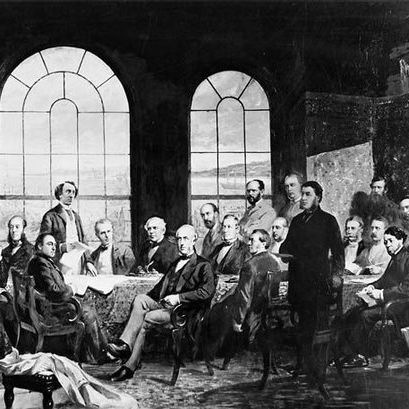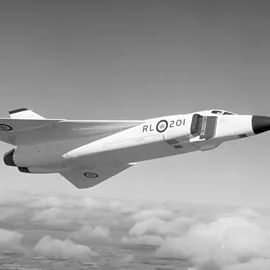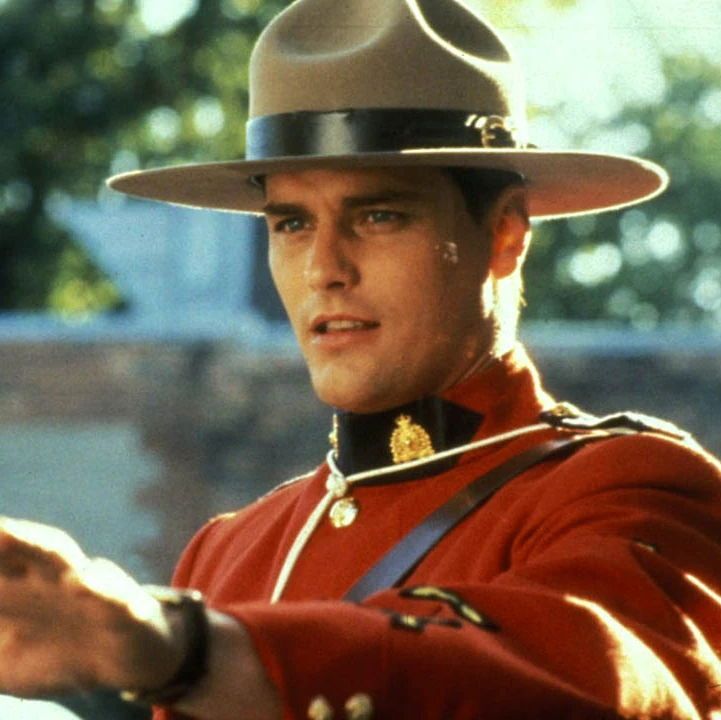It is #FrancophonieMonth and this is the story of the Franco-Manitobans!
The first French speakers arrived in what is now Manitoba in 1660 when fur traders reached the area.
Settlement of the area by Francophones did not occur until the 1730s though.
🧵1/5
The first French speakers arrived in what is now Manitoba in 1660 when fur traders reached the area.
Settlement of the area by Francophones did not occur until the 1730s though.
🧵1/5

Pierre Gaultier de Varennes was the 1st to establish a presence in southern Manitoba with Fort St. Charles in 1732. From that year until 1741, he established seven forts in Manitoba.
As fur traders arrived, they married Indigenous women, creating the Metis people.
🧵2/5
As fur traders arrived, they married Indigenous women, creating the Metis people.
🧵2/5

In 1871, there were 5,500 Francophones in Manitoba, making up half of the population of the province.
Within 10 years, they were a minority as English settlers from Ontario moved in.
In 1890, the provincial government removed the linguistic rights of Francophones.
🧵3/5
Within 10 years, they were a minority as English settlers from Ontario moved in.
In 1890, the provincial government removed the linguistic rights of Francophones.
🧵3/5

That year, English became the sole official language of the province, including in schools.
In 1896, a compromise was reached to allow French instruction at schools.
Then, in 1916, the province banned any language but English for school instruction.
🧵4/5
In 1896, a compromise was reached to allow French instruction at schools.
Then, in 1916, the province banned any language but English for school instruction.
🧵4/5

French instruction was not re-introduced to schools until 1955.
In 1970, French was reestablished as an official language for education.
In 2016, the Francophone Community Enhancement and Support Act was passed, signaling Francophone linguistic acceptance in Manitoba.
🧵5/5
In 1970, French was reestablished as an official language for education.
In 2016, the Francophone Community Enhancement and Support Act was passed, signaling Francophone linguistic acceptance in Manitoba.
🧵5/5

• • •
Missing some Tweet in this thread? You can try to
force a refresh





















